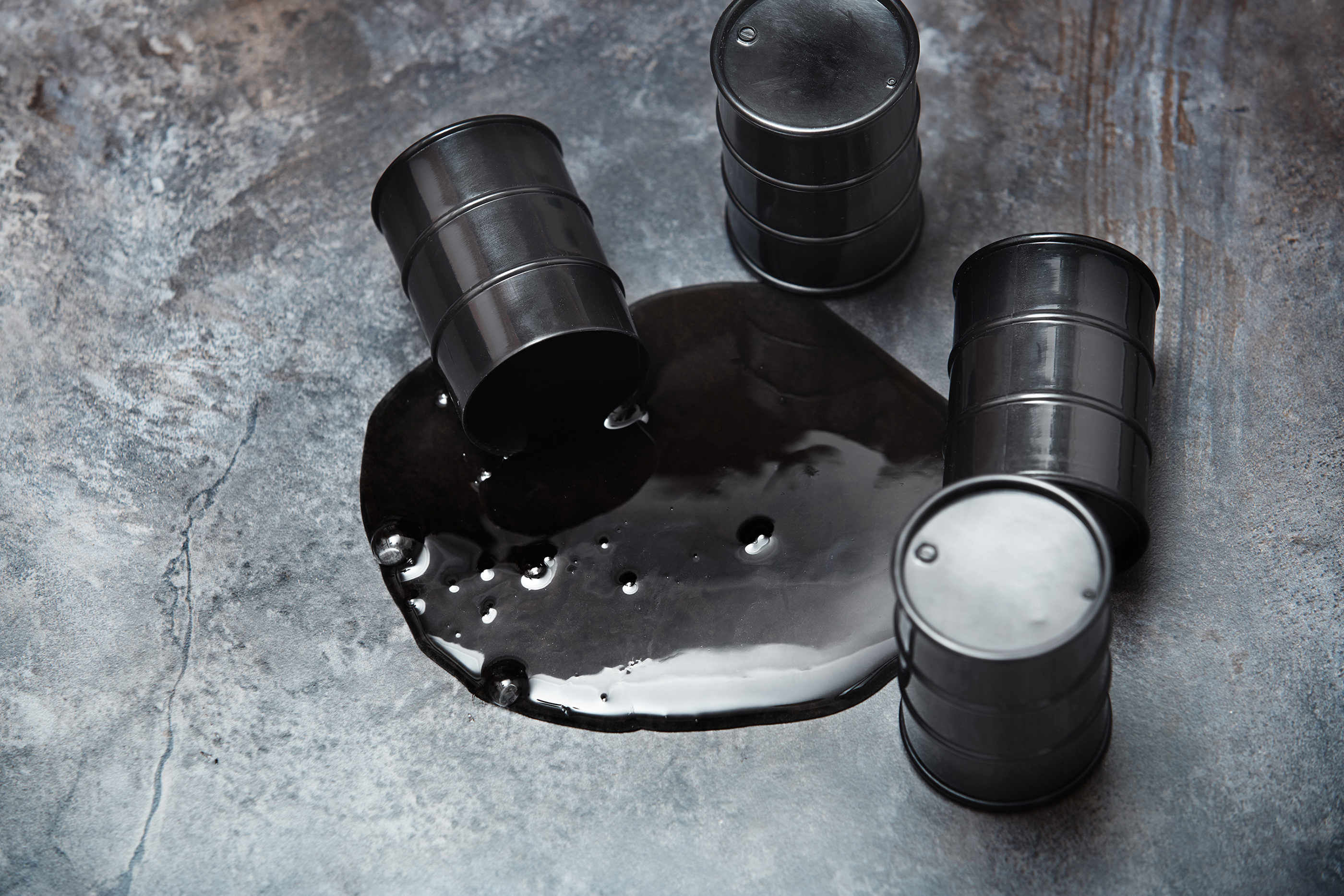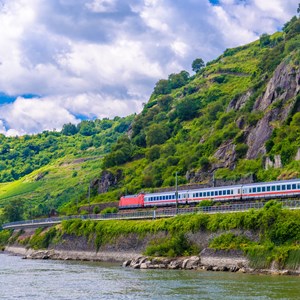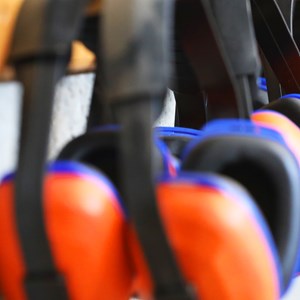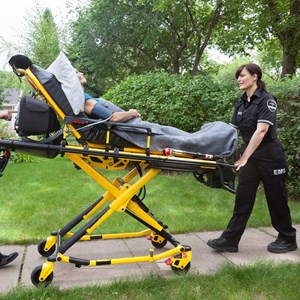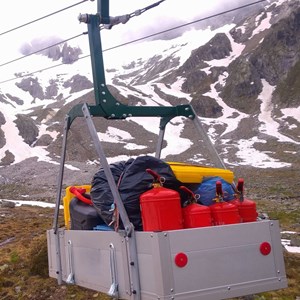Under the leadership of NEN, the Dutch National Standardization Body, CEN/TC 19 'Gaseous and liquid fuels, lubricants and related products of petroleum, synthetic and biological origin' started to improve the existing European standards for the identification of oil pollution in 2018.
This has been done in close cooperation with experts in chromatography and statistics, together with the European Oil Spill Identification Network. The result is a standard that can be used as a method of proof for prosecuting violators of environmental legislation for the discharge of oil. Now that the draft standard texts are available, NEN calls on other parties to check the method, even participate in the revision, and bring in their experience.
The foreseen EN 15522 ‘Oil spill identification Petroleum and petroleum related products’ (in two parts) describes a forensic method for characterising and identifying the source of oil spills in the environment as a result of accidents or intentional discharges. This methodology is based on the experience gained over the years with earlier versions of the standard. In the past, this was mainly for discharges of crude oil at sea, but now all kinds of products such as fuel oil and biodiesel have been included. Discharges to rivers and surface water are also now being discussed. Therefore, in addition to water boards, the standard can also be used by regular water laboratories.
Techniques of sampling and analysis
Because the method can be used as a method of proof in court cases against violators of environmental legislation, CEN/TC 19 carefully deliberated the choices. prEN 15522-1 is the part covering the techniques of sampling and treatment of oil and reference samples before their arrival in the laboratory. prEN 15522-2 explains how then the analysis of the samples should be done. This is to distinguish between oil from a leak and samples taken from each available candidate who one wants to blame for the discharge (boat, pipeline, installation, etc.). A fingerprint of the pollution sample is taken and compared so that a CSI expert can give an opinion on the origin of the pollution. Precisely because fines are handed out on the basis of this judgment (and a possible counter-expertise), the entire procedure of dealing with the sample has been described in detail.
Towards more certainty about pollution
The development of EN 15522 began with the improvement of a Norwegian method of 1991, which was based on a visual comparison. CEN introduced the supporting measurement with a gas chromatograph in 2006 to achieve a more robust final conclusion, less dependent on the analyst's experience. The revised 2012 standard introduced a product list to ensure good analytical performance. The improvements of 2020 are included in the sampling which clearly takes into account weathering of the oil spills (after days at sea or the river) and mixing with seawater. The analysis has also now gone through an extensive interlaboratory study.
If you are interested in whether the improvements work as expected in the actual oil detection and water analysis practice, we invite you to check the drafts of EN 15522-1 and EN 15522-2 by ordering them at your national standardization body.
For more information, contact Andrea NAM or NEN.
